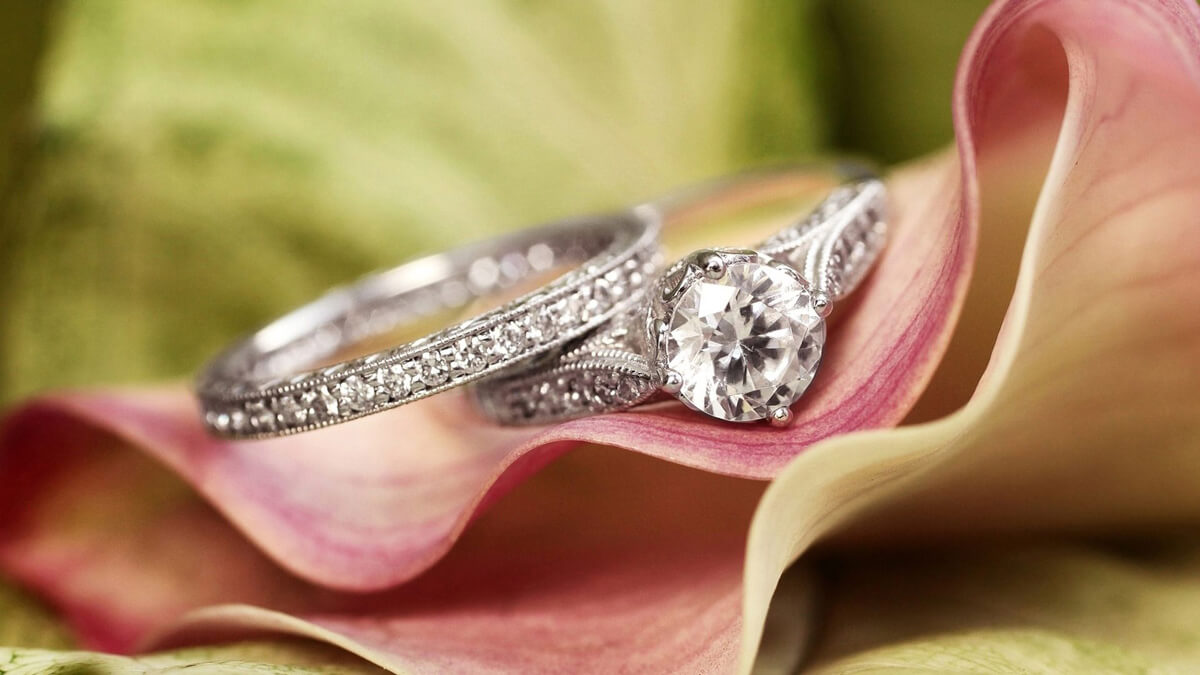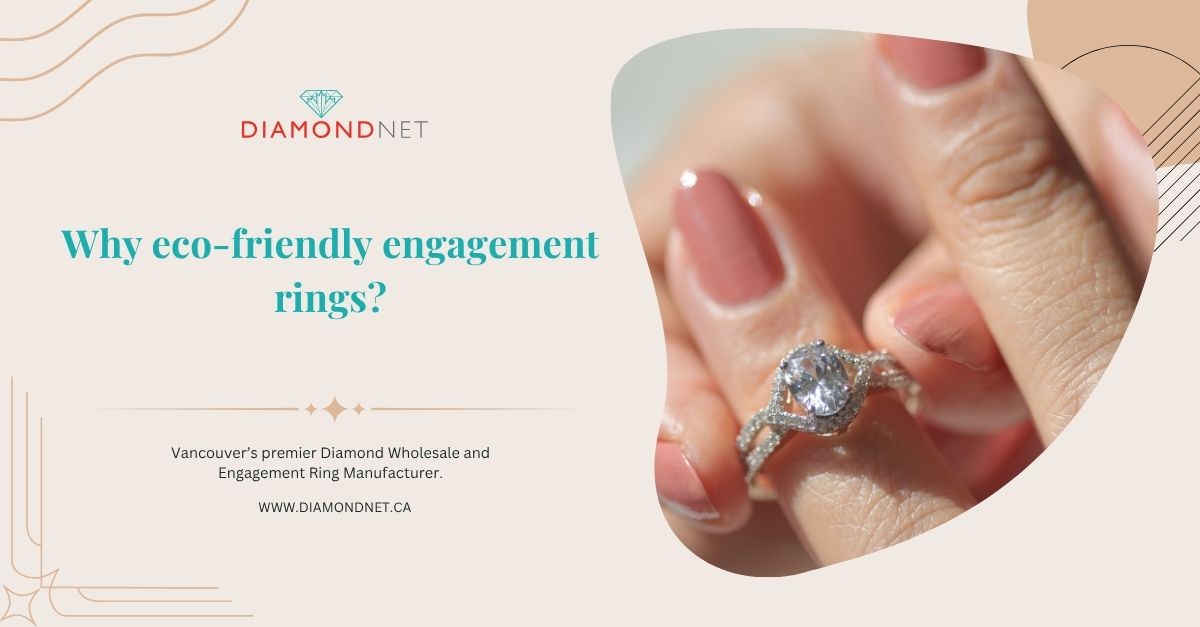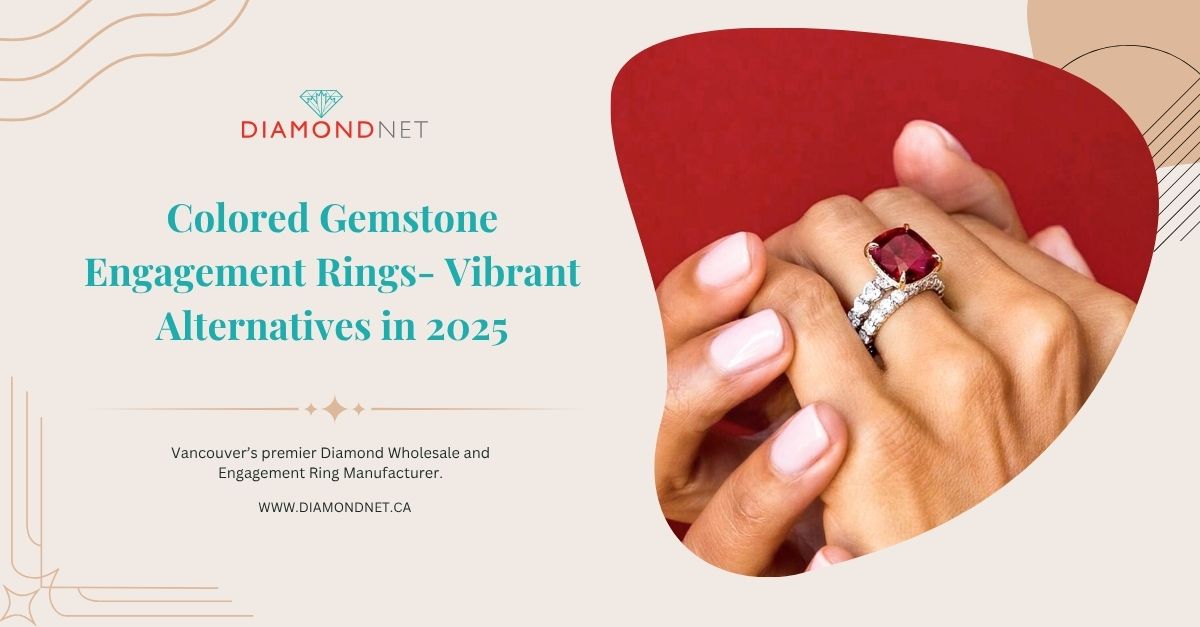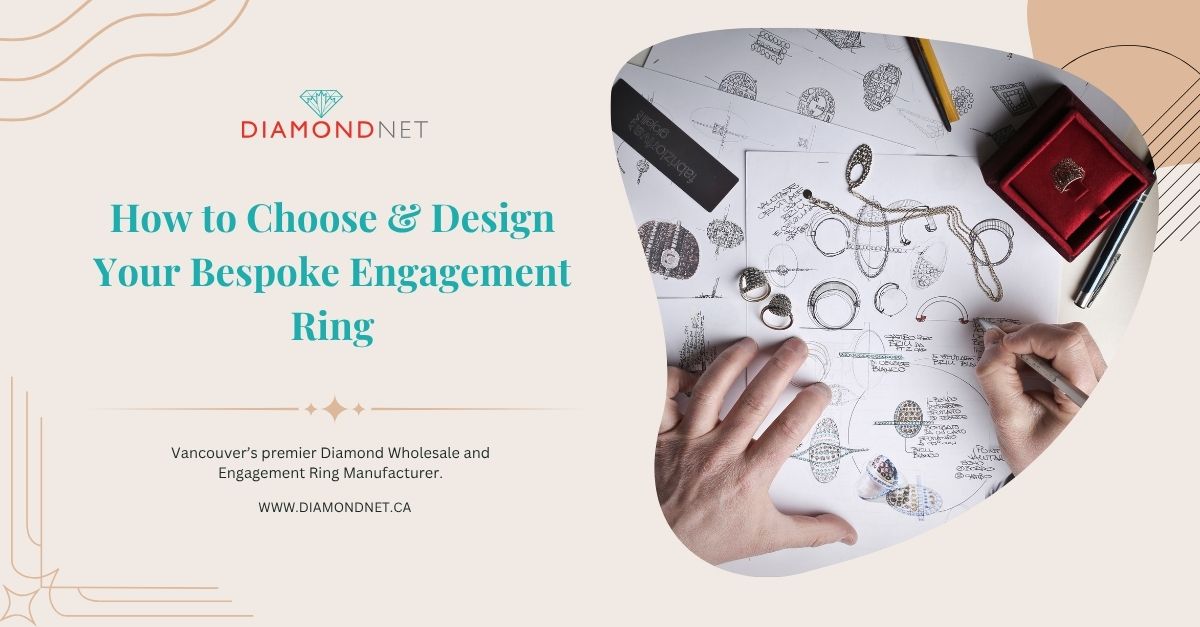You’ve probably looked back at pictures from the past, times when you thought you looked on point (great shoes, perfect hair) and cringed in horror. It happens. Fashions change, and when you tire of one no-longer-trendy item, it’s easy to pick up something new. It’s a bigger problem if, in five or ten years, you or your partner looks down at your engagement ring and wonders, “What were we thinking?”
Fashions change, and so do our individual tastes. External factors also change, and perhaps your new lifestyle doesn’t support your flashy diamond or extreme setting.
Style of a timeless engagement ring
There’s a reason we call some styles classics. They always seem to be appropriate and cannot be set to one time in fashion history. Take Audrey Hepburn’s look in “Breakfast at Tiffany’s”: little black dress, big black sunglasses. Timelessly elegant. The engagement ring you pick out now should be as pleasing to you in 10, 20 and 30 years as it is now.
The most classic engagement ring style is a solitaire set with a round brilliant diamond, followed closely by a princess cut diamond. You can change the size and shape of the diamond, the depth of the setting, the choice of metal, or the width of the band to suit your tastes, but this classic style will always look classy. Don’t think of it as a safe choice, it’s a smart choice.
Conversely, if your style and tastes have always leaned towards the unique or dramatic, go with it for your engagement ring. It will always reflect your style. Look at the jewelry you already have—what is the vibe? Keep your eyes open. If you find a style or diamond shape that just keeps coming up as a favorite, chances are that will never change. Out of the ordinary, but still classic, diamond shapes like emerald cuts, pears or hearts are unique while still retaining that timeless appeal.
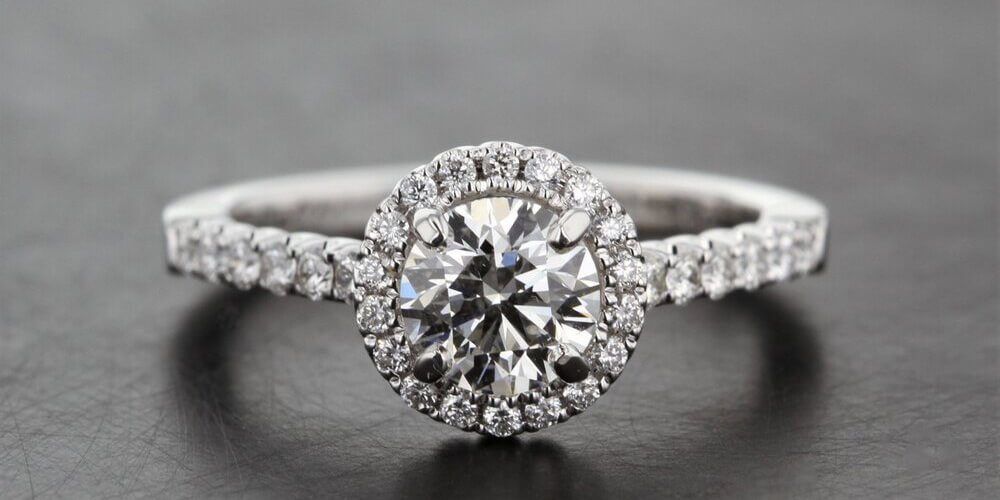
Style of timeless diamond engagement ring
The timelessness of yellow gold, white gold, and rose gold
From a practical standpoint, the higher the gold content, the softer the metal. Pure gold is considered 24 karat, anything else is an alloy with another metal. Because metals can’t be alloyed with 24K gold without reducing its purity level, there’s no such thing as 24K white gold or rose gold.
Yellow gold is a timeless choice for an engagement ring. Gold that is 22K and bellow is an alloy that is achieved by smelting a variety of metals that may enhance its hardness and/or color. Regardless of budget, trend, or taste—yellow gold fits any niche and style.
White gold is a mixture of yellow gold and a white-colored metal like silver or palladium. White gold rose popularity during World War II. Some metals commonly used to make white gold include platinum, nickel, palladium and manganese. Most white gold is rhodium plated for an extra layer of durability and a shiny look. Note: rhodium will likely need to be re-plated every few years.
Rose gold gets its color from being alloyed with copper. It has a warm glow and is popular on its own or mixed with yellow and/or white gold. Rose gold is like any engagement ring metal trend. Just as platinum, yellow or white gold have had varying popularity over the decades, so will rose gold. It may be extra trendy at the moment, but it will likely ebb and flow in popularity in the future.
